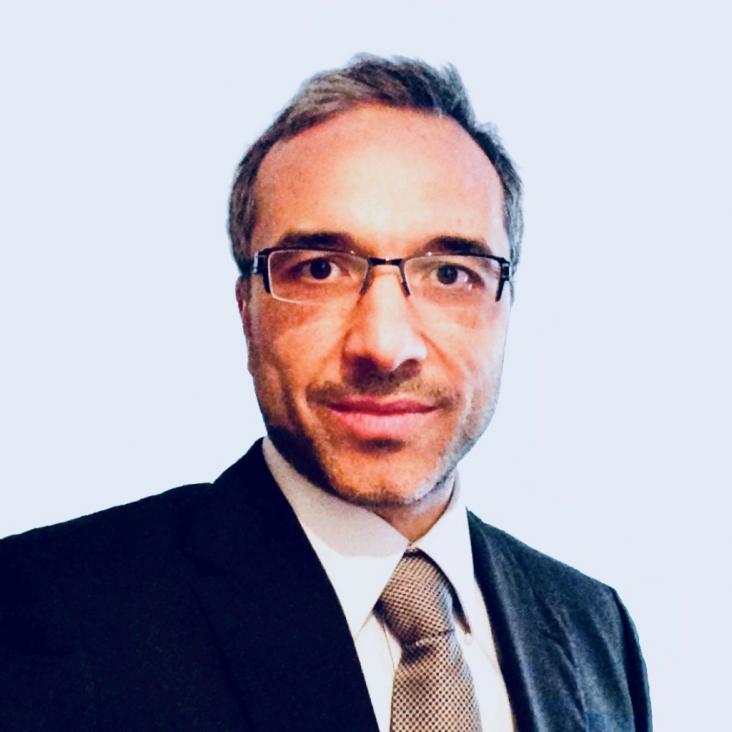Learning transport processes with machine intelligence
Abstract:
We present a machine learning based approach to address the study of transport processes, ubiquitous in continuous mechanics, with particular attention to those phenomena ruled by complex micro-physics, impractical to theoretical investigation, yet exhibiting emergent behavior describable by a closed mathematical expression. Our machine learning model, built using simple components and following a few well established practices, is capable of learning latent representations of the transport process substantially closer to the ground truth than expected from the nominal error characterising the data, leading to sound generalisation properties. This is demonstrated through an idealized study of the long standing problem of heat flux suppression under conditions relevant for fusion and cosmic plasmas. A simple analysis shows that the result applies beyond those case specific assumptions and that, in particular, the accuracy of the learned representation is controllable through knowledge of the data quality (error properties) and a suitable choice of the dataset size. While the learned representation can be used as a plug-in for numerical modeling purposes, it can also be leveraged with the above error analysis to obtain reliable mathematical expressions describing the transport mechanism and of great theoretical value.Axion-driven cosmic magnetogenesis prior to the QCD crossover
Physical Review Letters American Physical Society 121:2 (2018) 021301
Abstract:
We propose a mechanism for the generation of a magnetic field in the early Universe during the QCD crossover assuming that dark matter is made of axions. Thermoelectric fields arise at pressure gradients in the primordial plasma due to the difference in charge, energy density, and equation of state between the quark and lepton components. The axion field is coupled to the EM field, so when its spatial gradient is misaligned with the thermoelectric field, an electric current is driven. Because of the finite resistivity of the plasma, an electric field appears that is generally rotational. For a QCD axion mass consistent with observational constraints and a conventional efficiency for turbulent dynamo amplification—driven by the same pressure gradients responsible for the thermoelectric fields—a magnetic field is generated on subhorizon scales. After significant Alfvénic unwinding, it reaches a present-day strength of B ∼ 10 − 13 G on a characteristic scale L B ∼ 20 pc . The resulting combination of B L 1 / 2 B is significantly stronger than in any astrophysical scenario, providing a clear test for the cosmological origin of the field through γ -ray observations of distant blazars. The amplitude of the pressure gradients may be inferred from the detection of concomitant gravitational waves, while several experiments are underway to confirm or rule out the existence of axions.Self-similar energetics in large clusters of galaxies.
Nature 523:7558 (2015) 59-62
Abstract:
Massive galaxy clusters are filled with a hot, turbulent and magnetized intra-cluster medium. Still forming under the action of gravitational instability, they grow in mass by accretion of supersonic flows. These flows partially dissipate into heat through a complex network of large-scale shocks, while residual transonic (near-sonic) flows create giant turbulent eddies and cascades. Turbulence heats the intra-cluster medium and also amplifies magnetic energy by way of dynamo action. However, the pattern regulating the transformation of gravitational energy into kinetic, thermal, turbulent and magnetic energies remains unknown. Here we report that the energy components of the intra-cluster medium are ordered according to a permanent hierarchy, in which the ratio of thermal to turbulent to magnetic energy densities remains virtually unaltered throughout the cluster's history, despite evolution of each individual component and the drive towards equipartition of the turbulent dynamo. This result revolves around the approximately constant efficiency of turbulence generation from the gravitational energy that is freed during mass accretion, revealed by our computational model of cosmological structure formation. The permanent character of this hierarchy reflects yet another type of self-similarity in cosmology, while its structure, consistent with current data, encodes information about the efficiency of turbulent heating and dynamo action.THE MATRYOSHKA RUN. II. TIME-DEPENDENT TURBULENCE STATISTICS, STOCHASTIC PARTICLE ACCELERATION, AND MICROPHYSICS IMPACT IN A MASSIVE GALAXY CLUSTER
ASTROPHYSICAL JOURNAL 800:1 (2015) ARTN 60
Suppression of pair beam instabilities in a laboratory analogue of blazar pair cascades
Proceedings of the National Academy of Sciences National Academy of Sciences 122:45 (2025) e2513365122


